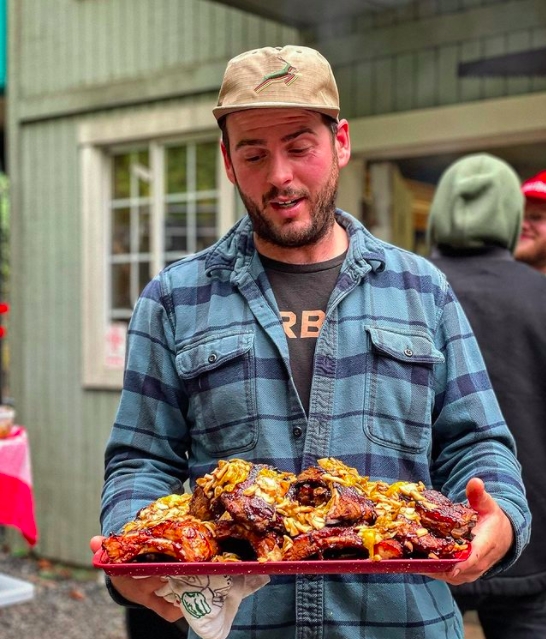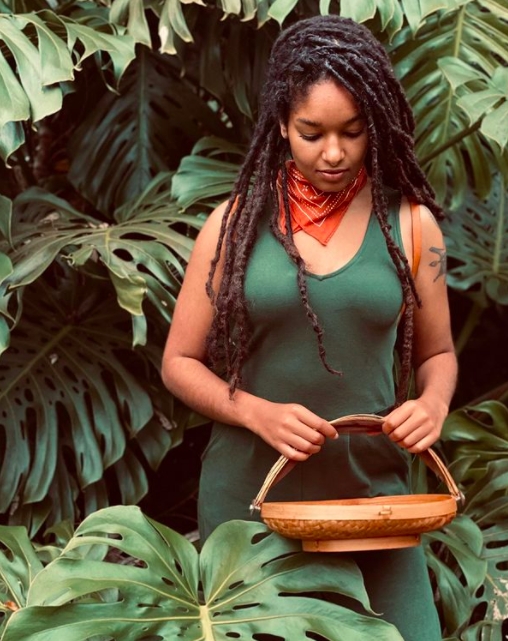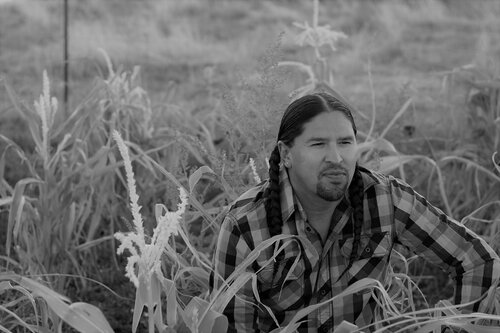
Foraging isn’t a trend. It’s something that has been part of human existence since we, well, existed. But as we moved into cities and capitalism took control of every aspect of our lives in order to make living in those cities viable, a lot of us stepped further and further away from nature. The thing is, it doesn’t have to be that way.
Living in a city doesn’t mean you can’t forage for food. Taking a little time on days off to get back into the country is healthy for your body and soul. It can also really help you keep a cleaner, fresher, and healthier pantry too.
We’re not saying you should just go out in the woods and start poking around and hope for the best. Don’t do that. Successfully and safely foraging requires education about what is actually out there. That education used to feel a million miles away for some, especially if you were in an urban area. Today, more than ever, there are people who are doing the heavy lifting for you and then sharing that wisdom online, on their dinner plates, and in books. So we’re going to highlight three folks we think you should follow if you want to get into foraging and harvesting your own food, even in a small way.
Karl Holl:

Meet Chef Karl Holl:
Chef Karl Holl didn’t reinvent the foraged menu. He knows that. But that doesn’t stop him from diving deep into the woods outside of Portland, Oregon in the pursuit of something that goes beyond just “local” for his menus at Spätzle & Speck.
Holl has been foraging for over 15 years now both for personal use and his kitchens. Holl has taken that knowledge of foraging for herbs, spices, and the illustrious dearth of Pacific Northwest mushrooms and rolled that into an outreach program called Forager Goods & Company. Based in Portland, Holl, and his team will take you out into the wilds and teach you how to find edible plants and fungi while also imparting knowledge about how to actually use them in your meals.
Advice for Getting Started:
Holl’s first bit of advice is about what your goals should be when foraging. “I don’t go out there and just focus on one thing,” Holl explains. “Of course, you target something that day. But there’s such an abundance that I feel like there are endless edibles that pop up throughout the season that you should be looking for.”
Then there’s the matter of knowing what to look for and Holl takes a laidback but very engaged approach that trades the library for a farmer’s market. Holl puts it this way, “you need to keep educating yourself and staying curious of what’s out there.” Holl continues, “but, I don’t find myself deep in books. I find myself spending more time at the farmer’s market and asking foragers and farmers I met there about their incredible finds, what grows where, and which windows you can actually harvest what they’re selling.” Holl says that connecting through the local community on a one-to-one basis is what really drives his education and ability to go out there in the woods and harvest for himself, his diners, and his community.
Indy Srinath

Meet Indy Srinath:
Indy Srinath wants you to source your own food, even if you’re living in a densely populated city. Srinath works as a model but her passion in life is in both urban farming and foraging for her food. Srinath’s engagement with foraging goes beyond just filling her own pantry, she’s deeply devoted to learning about the way things grow and why before she harvests, how those foods nourish our bodies and minds, and who she can learn from to better understand the ecosystem that we’re all a part of.
It’s in that last point that we can all learn something before we go out into nature ourselves. Srinath believes that a big part of harvesting wild foods is to listen to the plants and, most importantly, the people that came before us.
Advice for Getting Started:
Srinath took a unique approach to start her path as a forager. She wasn’t out in the wood going after honeypots of mushrooms after a rainstorm. Srinath breaks down her first experiences foraging like this, “When I started foraging, I actually studied identifying flowers because I feel like they’re really abundant, they’re all so unique and different, and there’s a lot of medicinal wildflowers.” Srinath started out by identifying the flowers that grew around her which is something pretty much any person can go out and do right now. “Violets, dandy lions, and goldenrod can be a great beginner exercise in foraging,” Srinath tells us. “And there’s a lot less chance of misidentification when you’re foraging for wildflowers.”
M. Karlos Baca

Meet M. Karlos Baca:
M. Karlos Baca is an Indigenous (former) chef, harvester, farmer, activist, educator, and leader. Baca works directly with his community and other Indigenous nations to help them reconnect with their traditional foodways of both harvesting and farming, which starts with understanding the massive pantry that is the natural world all around us.
Through communities like iCollecitve, Baca has worked with other Indigenous chefs, bakers, seed-savers, foragers, and farmers to create an online journal called The Gathering Basket. The digital book is one-part cookbook and one-part community harvesting journal that’s “rooted in the cultivation of Indigenous food sovereignty and elevating and preserving Indigenous Narratives.” The book is available to anyone looking to learn from the original stewards of these lands for only $7 per issue.
Advice for Getting Started:
While subscribing to The Gathering Basket is the first step any budding forager should take, Baca has more insight to pass along to anyone looking to source their own wild foods. “When you finally decide that, ‘Okay, I’m not going to live this way [on industrialized food]. I don’t want to be an asshole anymore by playing my part in destroying the earth and engaging in this western white supremacy [food system].’ Once you start engaging in that way and you see a plant,” Karlos explains, “You can feel it call you. You can feel something tug and you go, ‘Hey, I’m going to introduce myself, I don’t know you. But I can tell that you’re trying to say something that I can’t hear yet.’” Karlos continues, “and so I always just ask for a teacher. I ask, ‘when you’re ready to bring a teacher to me, or that information forward for me to experience a relationship with you, then that’s what we’ll do.’”
Baca makes it clear that engaging with nature isn’t about just taking whatever you see. It’s about taking your time, listening to nature, and allowing your knowledge to build organically as you grow along with the rest of the world out there.
